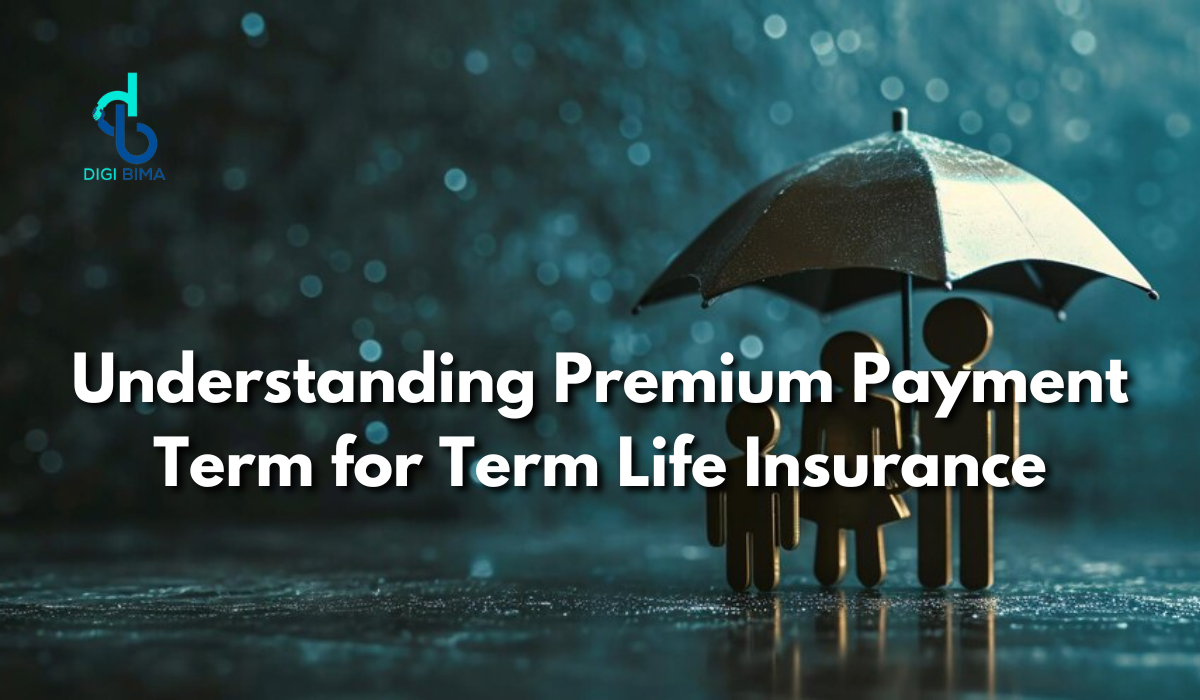When it comes to securing your family’s future, term life insurance is a popular and practical choice. One key aspect of term life insurance that often requires careful consideration is the premium payment term. This term defines the duration and frequency with which you are required to pay premiums to keep your policy active. In this article, we will delve into the intricacies of premium payment terms, how they affect your policy, and how to choose the right option for your needs.
What is a Premium Payment Term?
Definition and Importance
The premium payment term refers to the period during which the policyholder is obligated to pay premiums for their term life insurance policy. These payments ensure that the policy remains in force, providing coverage for the policyholder’s beneficiaries in the event of their untimely demise.
Types of Premium Payment Terms
There are generally three main types of premium payment terms in term life insurance:
- Regular Pay: This is the most common type, where premiums are paid throughout the entire term of the policy. For instance, if you have a 20-year term life insurance policy, you will pay premiums every year for 20 years.
- Limited Pay: In this option, premiums are paid for a shorter period than the policy term. For example, you might pay premiums for the first 10 years of a 20-year policy. This usually results in higher annual premiums during the payment term but no payments thereafter.
- Single Pay: As the name suggests, the premium is paid in a lump sum at the beginning of the policy term. This eliminates the need for periodic payments but requires a significant upfront investment.
Factors Influencing Premium Payment Terms
Financial Stability and Income Flow
Your current financial situation plays a crucial role in determining which premium payment term is best for you. If you have a stable and consistent income, a regular pay plan might be suitable. However, if you anticipate fluctuations in your income, a limited pay or single pay option might provide more security and flexibility.
Policy Duration and Coverage Needs
The length of the term life insurance policy and your specific coverage needs should also influence your decision. For instance, if you need coverage for a specific period, such as until your children finish college, a limited pay option could align well with your goals, ensuring that you are not making payments beyond the necessary period.
Cost Implications
Each payment term for term life insurance has different cost implications. Regular pay typically results in lower annual payments spread over a longer period, while limited pay options require higher annual payments but only for a short duration. Single pay is cost-effective in the long run but requires a substantial initial payment.
Examples of Premium Payment Terms
Example 1: Regular Pay
Anita, a 35-year-old mother of two, opts for a 20-year term life insurance policy with regular pay. She pays an annual premium of ₹15,000. Over the policy’s term, she will pay a total of ₹300,000. This option suits her as it fits within her monthly budget without causing financial strain.
Example 2: Limited Pay
Rahul, a 40-year-old business owner, chooses a 20-year term life insurance policy with a 10-year limited pay option. His annual premium is ₹25,000 for the first 10 years. He pays a total of ₹250,000 but enjoys coverage for the full 20 years without any further payments after the first decade. This term life insurance arrangement aligns with his expectation of higher income during the initial years of the policy.
Example 3: Single Pay
Sonia, a 50-year-old executive, decides on a 15-year term policy with a single pay option. She pays a one-time premium of ₹350,000. This significant upfront payment ensures that she does not have to worry about annual premiums, making it a convenient choice given her high current savings.
By comparing different plans on platforms like Digibima, individuals can find the term life insurance products that best match their needs and payment preferences.
Conclusion
Choosing the right premium payment term for your term life insurance is a crucial decision that can impact your financial planning and peace of mind. By understanding your options and how they align with your financial situation and coverage needs, you can ensure that you select a plan that provides optimal security for your loved ones while fitting comfortably within your budget.
FAQ Section
Q1: What happens if I miss a premium payment?
A1: Missing a premium payment can result in the lapse of your policy, meaning you lose coverage. Most insurers offer a grace period during which you can make the payment without penalty.
Q2: Can I change my premium payment term after the policy starts?
A2: Generally, the premium payment term is fixed once the policy is issued. It’s crucial to choose the term that best suits your financial situation and future plans.
Q3: Are there any tax benefits for paying premiums?
A3: Yes, premiums paid for term life insurance policies are typically eligible for tax deductions under section 80C of the Income Tax Act, up to a limit of ₹1,50,000 per annum.
Q4: How do insurers determine the premium amount?
A4: Insurers calculate premiums based on several factors, including the policyholder’s age, health, lifestyle, and the chosen sum assured and term of the policy.



